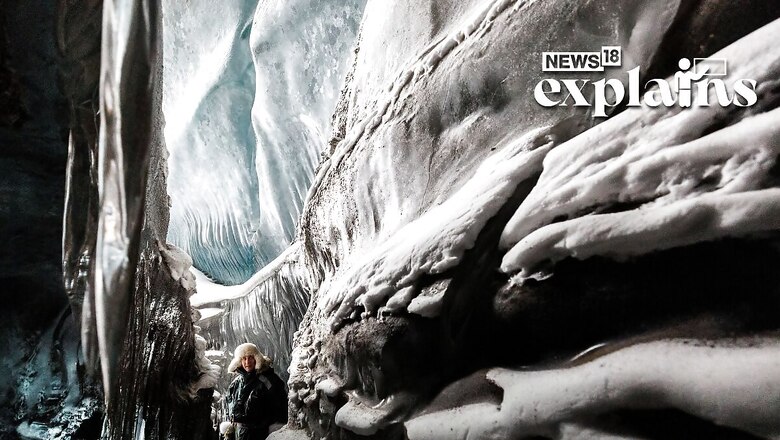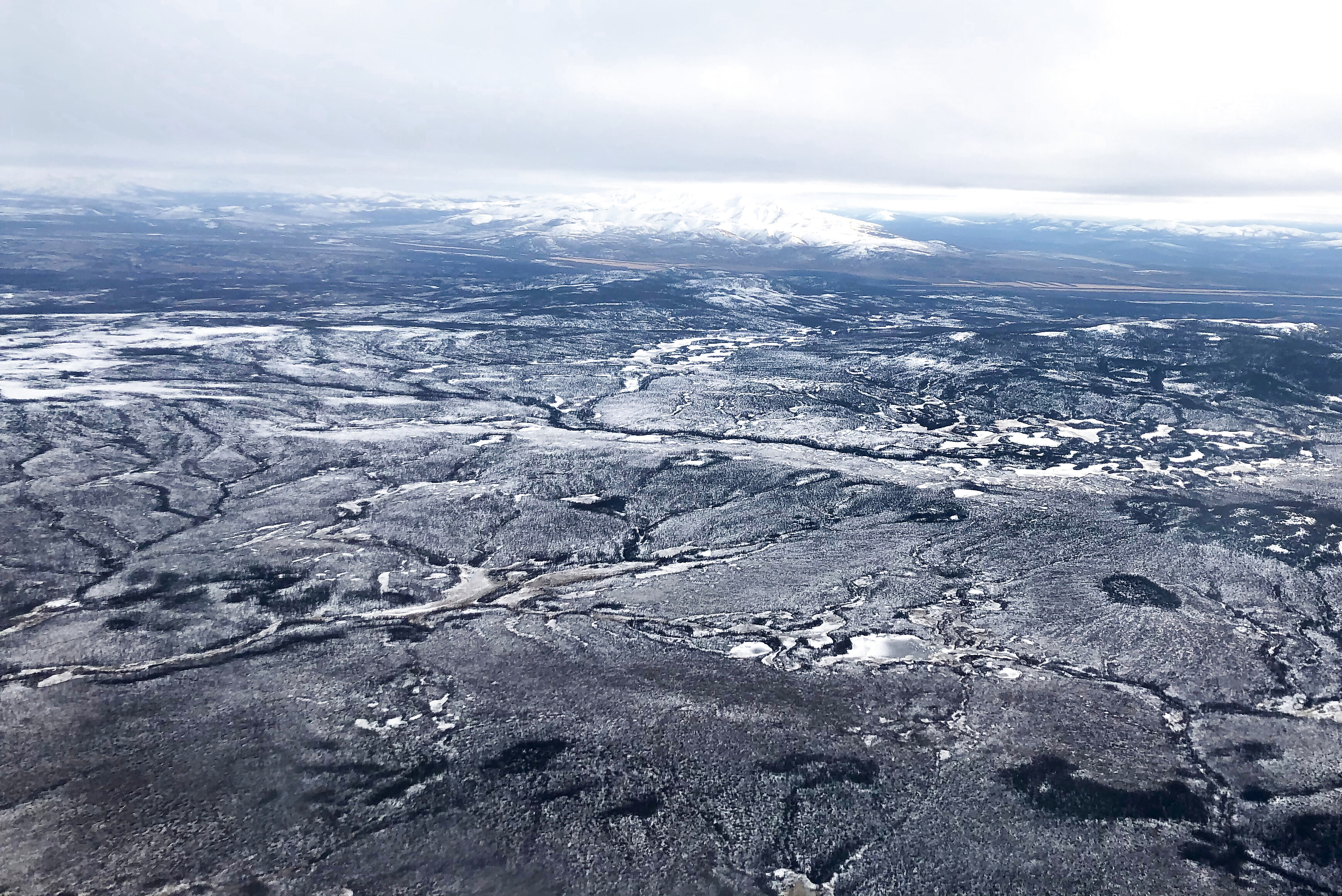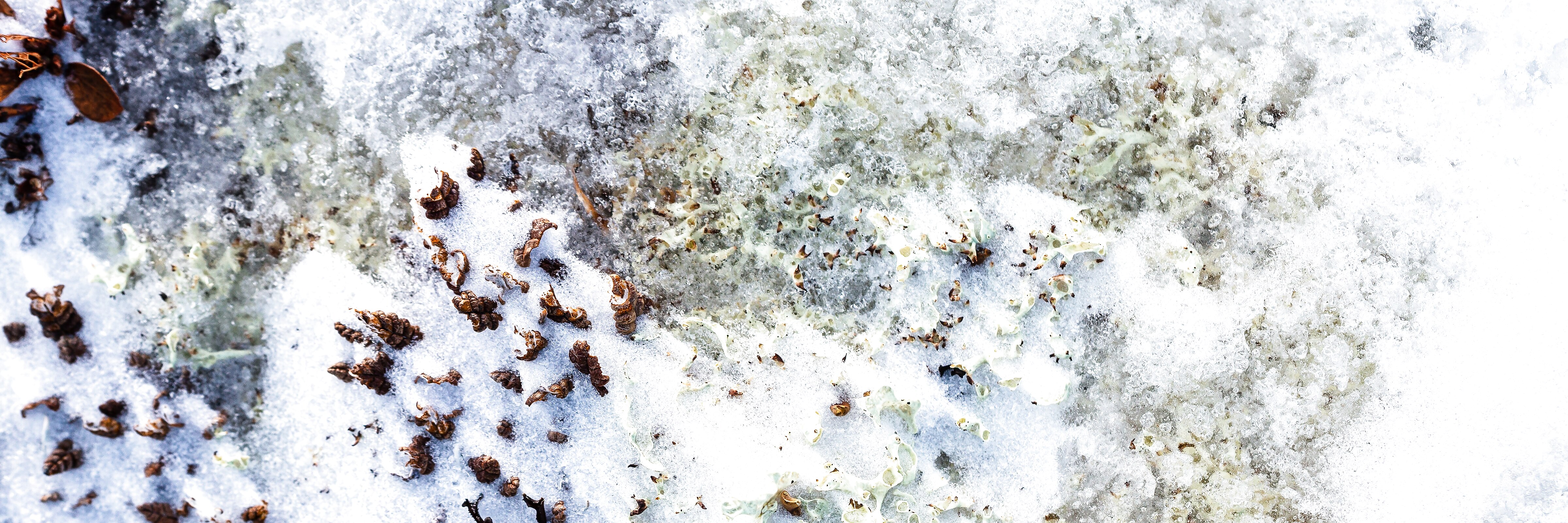
views
As the Arctic’s ice-bound ground warms, hazardous compounds may be released across the region, as per reports. Researchers on March 28 wrote in Nature Communications that by the end of the century, the thaw threatens to destabilise structures at over 2,000 industrial sites, such as mines and pipelines, and further jeopardise more than 5,000 already contaminated locations.
These figures are based on the first complete analysis of where Arctic permafrost thaw could discharge industrial contaminants, said a report by Science News. However, there are likely to be even more contaminated sites that we are unaware of, according to permafrost expert Moritz Langer of the Alfred Wegener Institute in Potsdam, Germany. “We only see the tip of the iceberg,” he told Science News. Toxic compounds emitted from these sites could endanger the health of fish and other species living in Arctic rivers, as well as those who rely on them.

But First, Let’s Understand What Permafrost Is
Permafrost is a permanently frozen layer that exists on or beneath the Earth’s surface. It is made up of dirt, gravel, and sand that is usually held together by ice. For at least two years, permafrost normally persists at or below 0°C, as per a report by National Geographic.
Permafrost can be found both on land and beneath the ocean’s surface. It can be found in locations where the temperature rarely rises above freezing. This indicates that permafrost is common in Arctic locations such as Greenland, Alaska, Russia, China, and Eastern Europe.
The thickness of permafrost can range from one metre (approximately three feet) to more than 1,000 metres (3,281 ft). In the Northern Hemisphere, permafrost spans roughly 22.8 million square kilometres (about 8.8 million square miles). Permafrost is not always the same as frozen ground. A layer of soil that freezes for more than 15 days a year is referred to as “seasonally frozen ground.” A layer of soil that freezes between one and fifteen days each year is referred to as “intermittently frozen ground.” Permafrost has been frozen for at least two years.
Why Should You Worry?
As a result of climate change, the Arctic is warming roughly four times faster than the rest of the earth, and up to 65 per cent of the region’s permafrost may melt by 2100.
Climate scientist Kimberley Miner of NASA’s Jet Propulsion Laboratory in Pasadena, Calif., who was not involved in the study, told the Science News this could cause some concern. Miner and her colleagues issued a warning in 2021 that warming Arctic permafrost might spill antibiotic-resistant bacteria, viruses, and radioactive waste from nuclear-testing programmes into the ecosystem.
The Contamination Has Already Begun
Langer and his colleagues initially examined the range of Arctic permafrost and the location of industrial infrastructure to determine where warming could spread industrial pollution. They discovered over 4,500 sites, including oil fields, mines, and abandoned military stations, in areas where permafrost is likely to occur.
The scientists then analysed contamination data from Alaska and Canada — territories with accessible statistics — to discover that the two regions had approximately 3,600 contaminated locations as of January 2021. These include landfills and regions where contaminants were unintentionally released.
The researchers discovered that diesel, petrol and associated petrochemicals account for around half of the pollution recorded in Alaska. Lead, arsenic, and mercury — all dangerous to fish, humans, and other species — were also detected. However, in many situations, the type of pollutant was not specified. “That’s a big problem,” Langer told the publication, partly because it makes determining the hazards of a specific leak or spill much more difficult.

They discovered that there is already a risk of permafrost eroding at around 1,000 of the known industrial sites and 2,200 to 4,800 of the known and predicted polluted areas.
In a low-emissions scenario with warming of up to 2 degrees Celsius over preindustrial levels by the end of the century, those estimates jump to over 2,100 industrial sites and 5,600 to 10,000 polluted areas. A temperature increase of around 4.3 degrees Celsius would almost certainly affect practically all known and forecast sites.
What Could be Other Consequences of the Melting?
According to scientists, thawing permafrost can have a significant influence on the environment, said a report by the Indian Express. The release of greenhouse gases into the environment is one of its most harmful repercussions. According to a NASA report from 2022, “Arctic permafrost alone contains an estimated 1,700 billion metric tonnes of carbon, including methane and carbon dioxide.” That is nearly 51 times the amount of carbon emitted by the planet as a result of fossil fuel combustion in 2019.”
Furthermore, “Plant matter frozen in permafrost does not decay; however, when permafrost thaws, microbes within the dead plant material begin to break down the matter, releasing carbon into the atmosphere,” it noted.
According to the report, current models predict that “a pulse of carbon released” from permafrost to the atmosphere will occur within the next hundred years, if not sooner. It is unknown how much carbon will be released from permafrost in the coming years.
According to a 2022 Columbia University study, warming permafrost would release thousands of dormant viruses and germs. Some of them “could be new viruses or ancient ones for which humans lack immunity and cures, or diseases that society has eliminated, such as smallpox or Bubonic plague,” said the report.


















Comments
0 comment